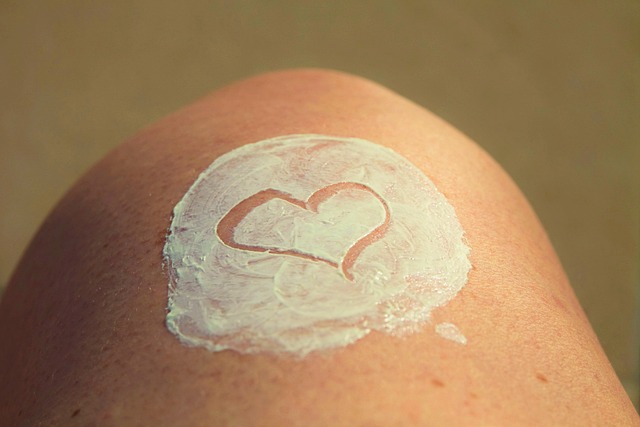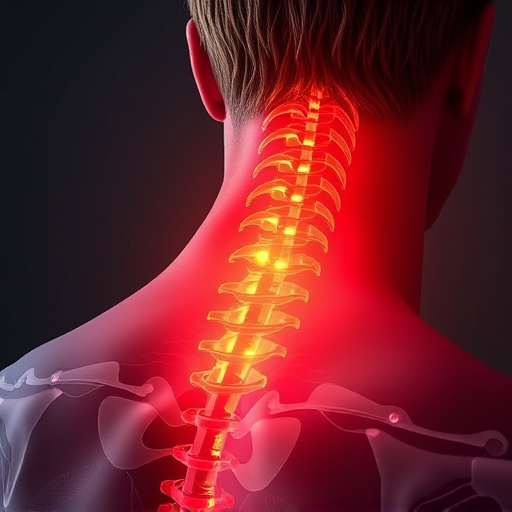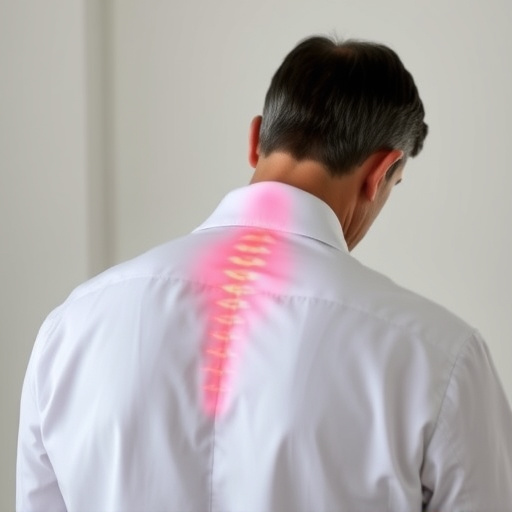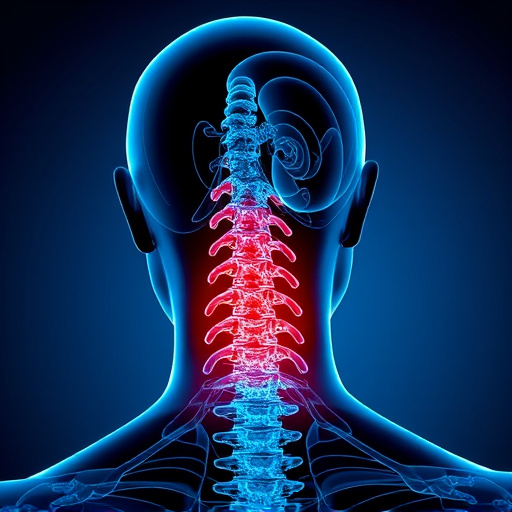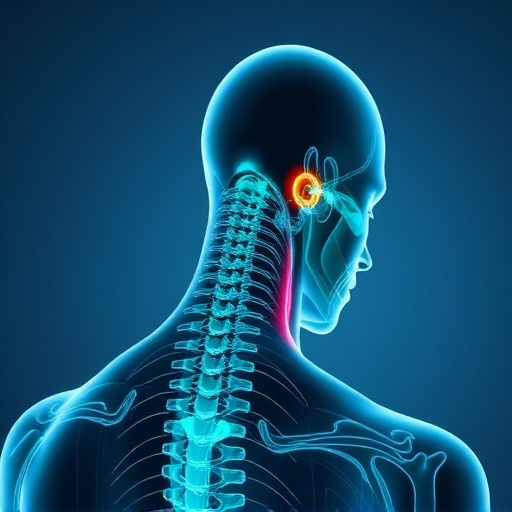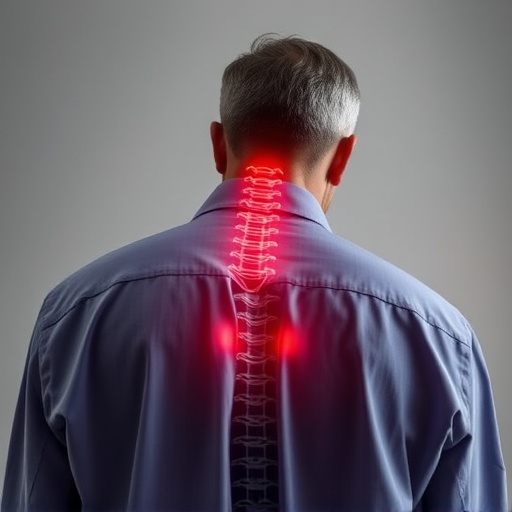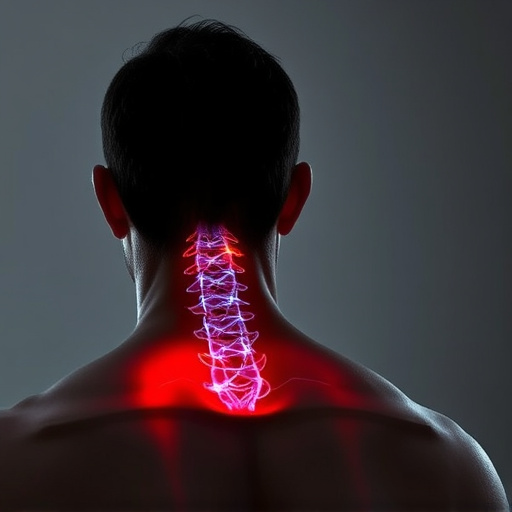Rehabilitation is a multifaceted process for athletes and fitness enthusiasts recovering from injuries, encompassing pain management, strength and flexibility restoration, and safe return to sport or fitness. Navigating Workers Compensation Injury Care (WCIC) claims requires understanding rights and steps, including prompt medical attention, comprehensive evaluation, and personalized treatment plans. Physical therapy, addressing mental health challenges, and a structured return-to-sport plan are key components. Optimizing training routines through varied exercises, proper warm-ups/cool-downs, gradual intensity increases, rest days, and listening to one's body minimizes WCIC needs.
Rehabilitation is an indispensable pillar in the athletic journey, serving as a vital component for athletes and fitness enthusiasts recovering from injuries. This comprehensive guide delves into various aspects of rehabilitation, offering insights tailored to both athletes and those navigating workers’ compensation injury care. From understanding the rehabilitation process to exploring physical therapy’s role, psychological support, return-to-sport strategies, and preventative measures, this article equips readers with knowledge to enhance recovery and facilitate a safe, successful comeback.
- Understanding Rehabilitation: A Vital Component for Athletes and Fitness Enthusiasts
- Workers Compensation Injury Care: Navigating the Process for Athletes
- The Role of Physical Therapy in Athlete Rehabilitation
- Psychological Support: Addressing Mental Health Challenges After Injury
- Return to Sport: Strategies for a Safe and Successful Comeback
- Preventative Measures: Optimizing Training Routines to Reduce Injuries
Understanding Rehabilitation: A Vital Component for Athletes and Fitness Enthusiasts

Rehabilitation is a crucial process for athletes and fitness enthusiasts, serving as a vital component in their journey back to optimal performance after an injury. It goes beyond basic healing by focusing on restoring function, improving strength and flexibility, and enhancing overall athletic ability. This personalized approach ensures individuals can return to their preferred activities safely and effectively, whether it’s returning to a sport or simply regaining mobility for daily routines.
For those involved in physically demanding pursuits, the risk of injury is ever-present. Whether it stems from a Workers Compensation injury or a sports-related incident, rehabilitation plays a critical role in managing pain, preventing further damage, and facilitating a successful recovery. It’s not just about fixing the body; it’s about empowering individuals to take control of their health and get back on track with confidence.
Workers Compensation Injury Care: Navigating the Process for Athletes

For athletes and fitness enthusiasts, a Workers Compensation Injury Care (WCIC) claim can be a complex journey, especially when navigating the process while managing an active lifestyle. WCIC is designed to provide support and financial protection for workers who sustain injuries on the job, but it can be confusing for those accustomed to direct access to healthcare. Understanding the rights and steps involved in this process is vital.
The first step is recognizing and documenting the injury. Athletes often face unique challenges as their bodies are highly trained and adapted to specific movements, making it crucial to identify any unusual or sudden changes in performance or discomfort. Once an injury is suspected, seeking medical attention promptly becomes essential. This includes consulting a healthcare provider who understands athletic injuries and can guide the athlete through the WCIC process. From there, athletes can expect a detailed evaluation, diagnostic testing, and a treatment plan tailored to their specific needs, ensuring they return to their sport or fitness routine safely.
The Role of Physical Therapy in Athlete Rehabilitation

Physical therapy plays a pivotal role in athlete rehabilitation, offering specialized care for workers compensation injury cases and aiding athletes in their journey back to peak performance. This process involves tailored exercises designed to restore strength, flexibility, and range of motion, addressing specific injuries or conditions that may have hindered an athlete’s abilities. The therapists’ expertise lies in creating individualized treatment plans that consider the unique demands of different sports, ensuring a safe and effective recovery process.
Through advanced techniques, manual therapy, and education, physical therapists help athletes regain functional mobility, reduce pain, and prevent re-injury. They guide athletes through progressive exercises, from basic movements to sport-specific activities, fostering a gradual return to training and competition. This holistic approach not only accelerates the healing process but also empowers athletes with the knowledge to manage their bodies, ensuring long-term well-being and optimal athletic performance.
Psychological Support: Addressing Mental Health Challenges After Injury

Recovering from a sports-related injury can take a significant toll on an athlete’s mental health, often leading to stress, anxiety, and depression. Psychological support is an integral part of comprehensive rehabilitation for athletes and fitness enthusiasts, addressing not just physical but also emotional challenges. This aspect of care is crucial, especially when dealing with long-term injuries that may impact future career prospects or competitive goals.
In the context of workers compensation injury care, psychological interventions can help individuals cope with the transition from active participation in their sport to a period of recovery and potential retraining. Therapies such as cognitive-behavioural therapy (CBT) and group support sessions provide valuable tools for managing mental health issues. These approaches not only facilitate the healing process but also empower athletes to navigate the challenges they face, ensuring a smoother transition back into their chosen physical activities.
Return to Sport: Strategies for a Safe and Successful Comeback

Returning to sport after an injury is a significant milestone for any athlete or fitness enthusiast. A safe and successful comeback requires a well-structured plan involving various healthcare professionals, including physiotherapists, doctors, and sometimes, workers compensation specialists. The process should start with a comprehensive assessment to determine the extent of the injury and the specific areas that need rehabilitation. This initial phase is crucial for setting realistic goals and creating a tailored treatment program.
Rehabilitation strategies should focus on restoring strength, flexibility, and functionality while also addressing any underlying issues that may have contributed to the injury. Gradual progression in training intensity and volume is essential to prevent re-injury. Workers compensation care plays a vital role by providing resources and support for athletes navigating the legal and financial aspects of their recovery, ensuring they receive appropriate compensation and access to quality medical services throughout their rehabilitation journey.
Preventative Measures: Optimizing Training Routines to Reduce Injuries
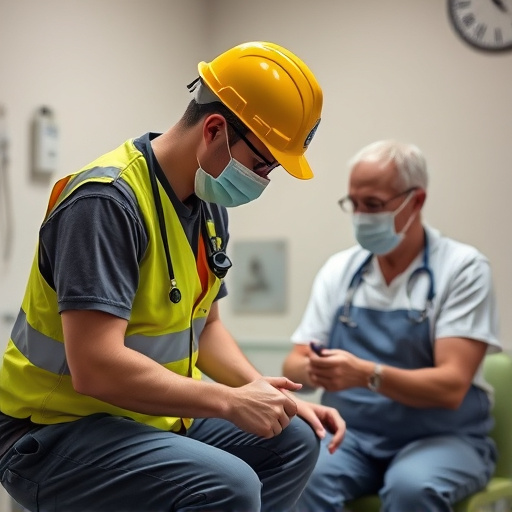
Athletes and fitness enthusiasts are always striving to push their limits, but it’s crucial to recognize that optimizing training routines is a key preventative measure for reducing injuries. Overloading muscles and joints beyond their adaptive capacity can lead to sprains, strains, and other worker compensation injury care needs. By incorporating varied exercises, proper warm-up and cool-down periods, and gradual increases in intensity or duration, individuals can minimize the risk of harm.
Additionally, listening to one’s body is essential. Pushing through pain or fatigue can exacerbate existing issues or create new ones. Regular rest days are as vital as training sessions for allowing muscles to recover and adapt. This holistic approach not only enhances performance but also ensures long-term athletic sustainability.




